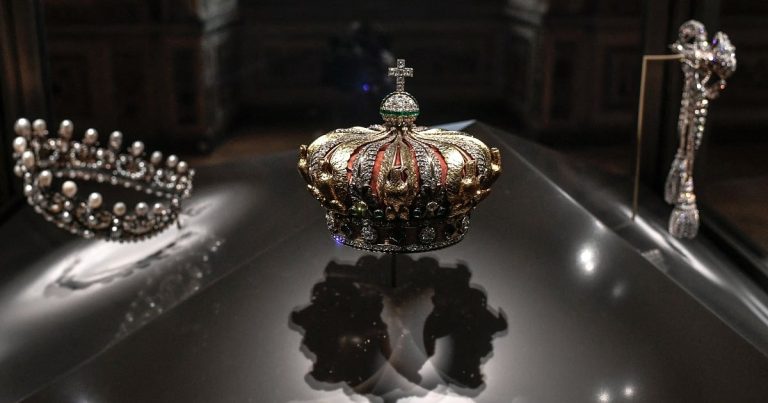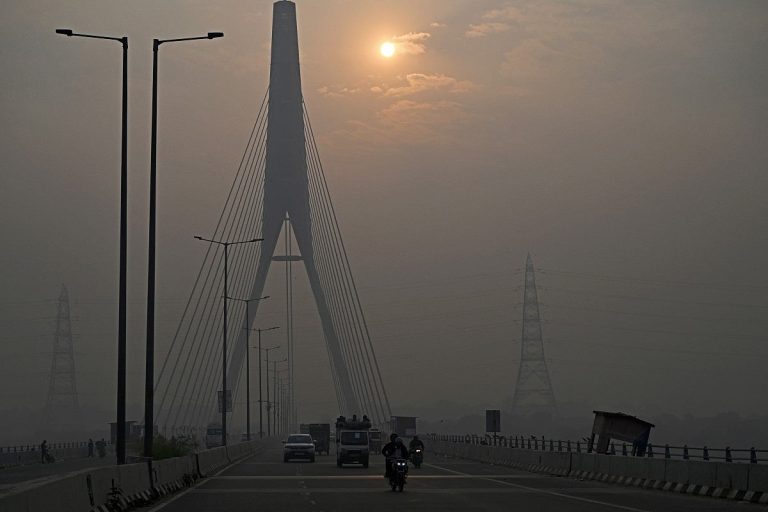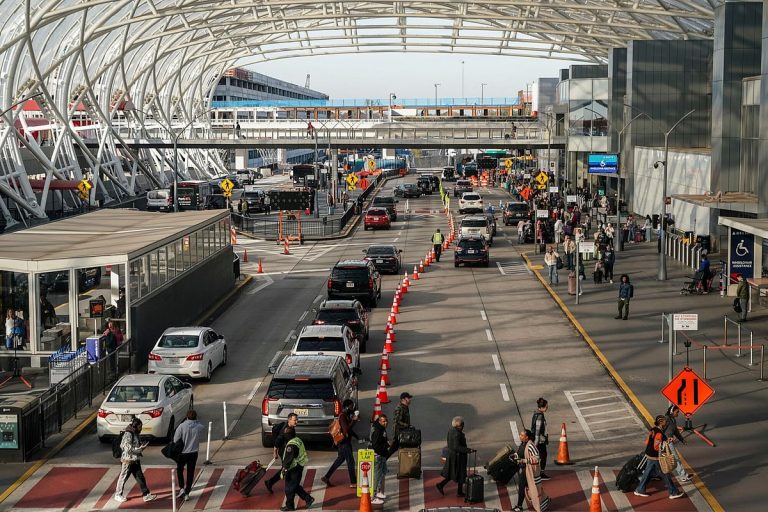Trump in Japan: Seeking Trade Progress with China
As Donald Trump embarks on his Asian tour, optimism is rising regarding potential resolutions to the ongoing trade tensions between the United States and China. Arriving in Tokyo, Trump expressed confidence in reaching a deal with Chinese President Xi Jinping during their upcoming talks. This visit marks a significant moment for both nations and the global economy, as leaders seek to navigate complex trade relationships.
Trump’s Arrival in Japan
Trump’s journey began in Malaysia, where he participated in the ASEAN summit, securing several agreements on the sidelines. Upon arriving in Tokyo, he conveyed his hopes for a fruitful discussion with Xi, scheduled for Thursday. He also hinted at the possibility of extending his trip to meet North Korean leader Kim Jong Un, reflecting his ongoing interest in diplomatic relations on the Korean Peninsula.
During his flight to Japan, Trump stated, “I have a lot of respect for President Xi, and I think we will come away with a deal.” He also mentioned plans to visit China in early 2026, further indicating his commitment to improving bilateral relations.
Economic Implications
The anticipation surrounding Trump’s discussions with Xi has positively impacted stock markets, with Japan’s Nikkei index reaching a milestone of over 50,000 points. This surge reflects investor confidence in a potential trade agreement that could alleviate tariffs and foster economic cooperation between the two nations.
Trump’s visit included a ceremonial meeting with the Japanese emperor, where he praised the monarch as “a great man.” The following day, he was scheduled to meet Japan’s new Prime Minister, Sanae Takaichi, and deliver a speech aboard the USS George Washington at the US naval base in Yokosuka.
Trade Talks and Agreements
In Malaysia, Trump’s administration engaged in preliminary trade discussions with China, aiming to avert the implementation of additional tariffs set to take effect on November 1. Treasury Secretary Scott Bessent reported that a “preliminary consensus” had been reached, which could pave the way for a more comprehensive agreement during Trump’s meeting with Xi.
Despite the positive outlook, challenges remain. Trump has expressed dissatisfaction with Canada, stating, “Canada has been ripping us off for a long time,” and ruled out any immediate meetings with Canadian Prime Minister Mark Carney. Meanwhile, he is pushing Japan to increase its importation of American goods, including agricultural products and automobiles.
Japan’s Defense Spending
In a significant policy announcement, Prime Minister Takaichi revealed plans for Japan to allocate two percent of its GDP to defense spending this fiscal year. This move aligns with US expectations for Japan to enhance its military budget, potentially matching the five percent commitment made by NATO members earlier this year.
While most Japanese imports to the US currently face a 15 percent tariff, Trump is advocating for Japan to invest more in American products, which could further strengthen economic ties between the two countries.
Future Engagements
Following his visit to Japan, Trump is set to travel to South Korea for the Asia-Pacific Economic Cooperation (APEC) summit, where he will meet with President Lee Jae Myung. Speculation is growing regarding the possibility of Trump meeting Kim Jong Un during his time in South Korea, a prospect he has not dismissed.
“I would love to meet with him if he’d like to meet. I got along great with Kim Jong Un,” Trump remarked, indicating his willingness to engage in dialogue if the opportunity arises.
FAQs
What is the significance of Trump’s visit to Japan?
Trump’s visit is crucial for strengthening US-Japan relations and addressing trade issues, particularly in light of ongoing negotiations with China.
How might the trade talks with China impact global markets?
A successful resolution to the trade tensions could lead to increased investor confidence, potentially boosting stock markets and stabilizing international trade.
What are Japan’s defense spending plans?
Japan plans to allocate two percent of its GDP to defense spending this fiscal year, responding to US calls for increased military investment.
Conclusion
Trump’s Asian tour, particularly his visit to Japan, highlights the intricate dynamics of international trade and diplomacy. As discussions with China loom, the outcomes of these meetings could significantly influence economic relations and geopolitical stability in the region. Moving forward, the focus will remain on the potential for a trade agreement and the implications it holds for global markets.
Also Read:
Japan Appoints First Female Prime Minister Sanae Takaichi
Sanae Takaichi Becomes Japan’s First Female Prime Minister







